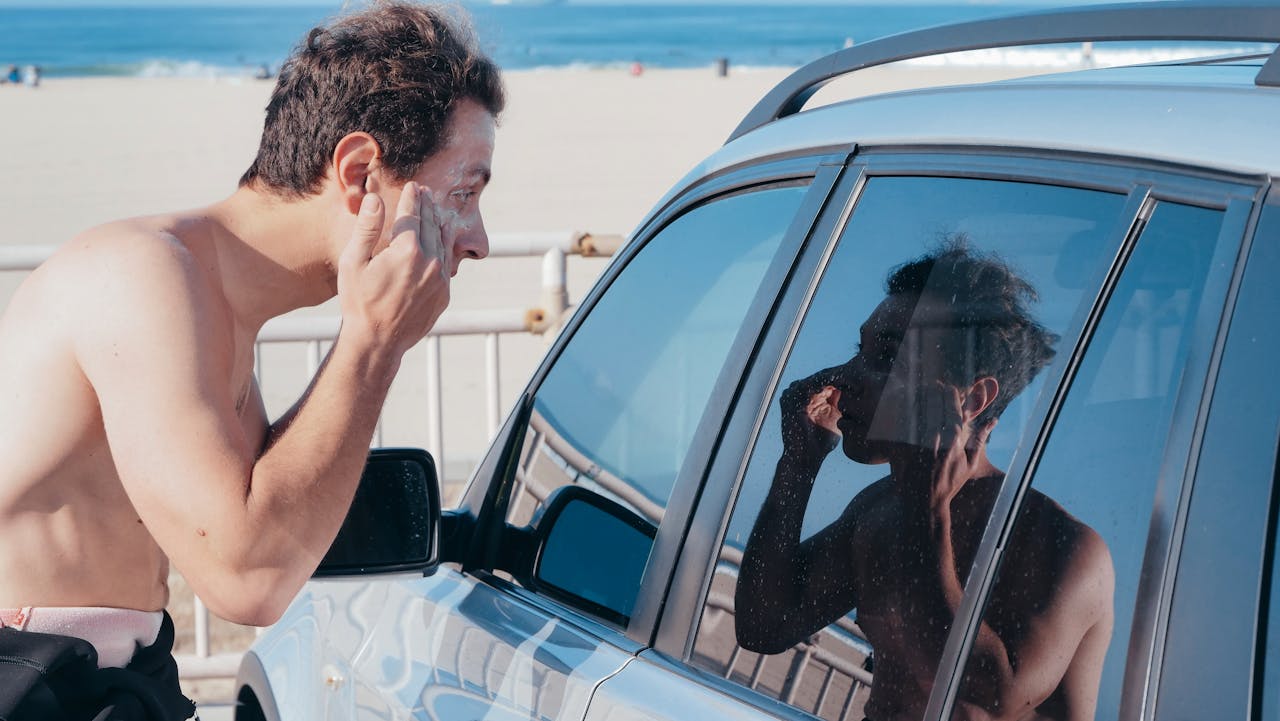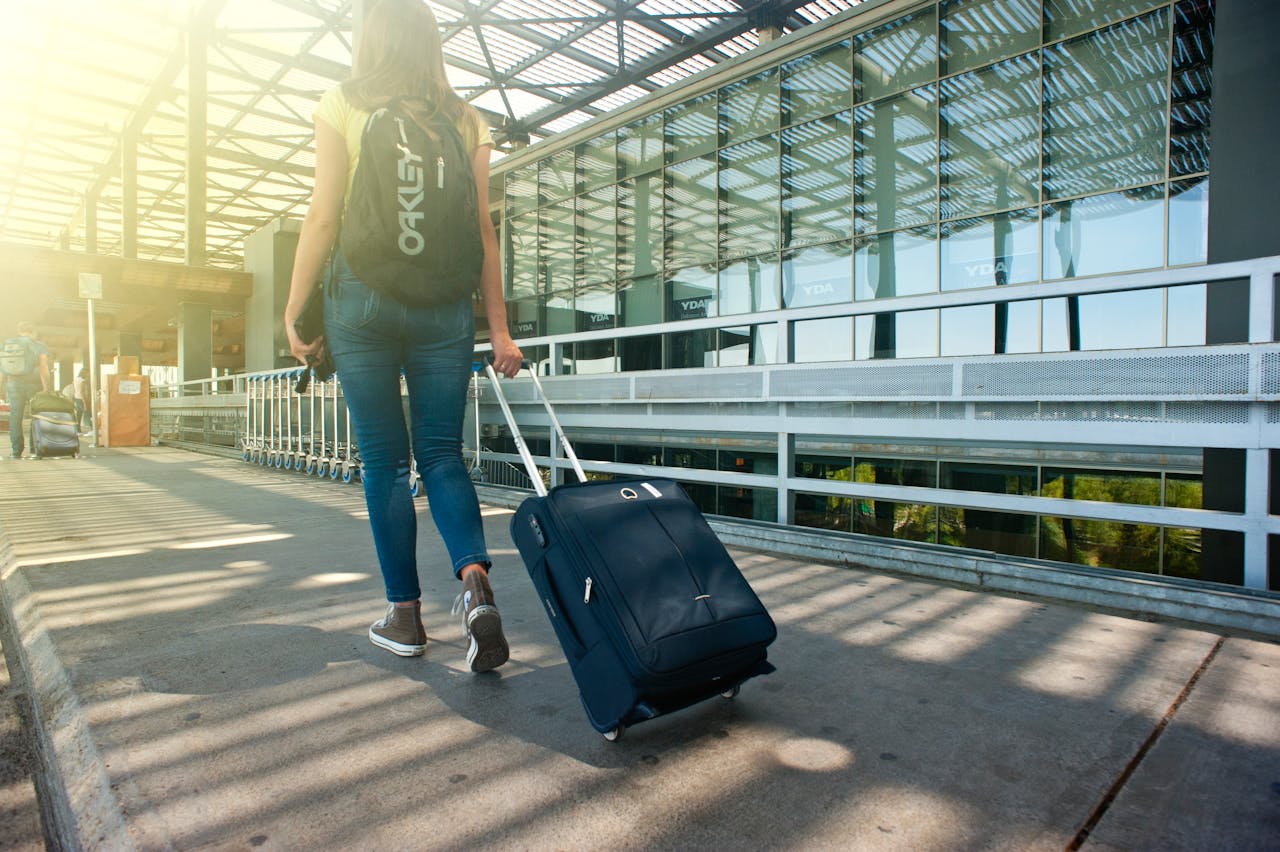Most beach trips go sideways before your feet touch the sand. The culprit is not lost luggage or bad weather. It is packed the wrong way for the sun, salt, and security. Bring the right items in the right sizes and your first day is easy. Miss a few rules and you start with a gate-agent confiscation, a spilled bottle in your bag, or a painful sunburn that ruins the week. This guide keeps you on track with facts, not guesswork.
The mistake: treating sunscreen and liquids as an afterthought
The single fastest way to derail a beach getaway is to toss one large sunscreen bottle into your carry-on and hope for the best. Security will not allow it through if it is over 3.4 ounces. That is the Transportation Security Administration’s liquids rule, and agents apply it every day. If your big bottle does not fit the limit, it gets tossed, and you start your trip hunting for sunscreen at airport prices. The fix is simple. Pack multiple travel-size sunscreens that are 3.4 ounces or less, inside a one-quart clear bag. Keep them at the top of your carry-on to speed screening.
There is a second part many travelers miss. Sunscreen only works when you reapply it. Dermatology guidance says to reapply every two hours, and again after swimming or heavy sweating. Label terms matter too. “Water-resistant” usually means about 40 minutes in water. “Very water-resistant” means about 80 minutes. No sunscreen is truly waterproof. Plan for real beach time, not brochure time. Pack enough small bottles for the entire day and an SPF lip balm so you do not fry your lips.
Finally, think like a packer, not a passenger. Decant liquid toiletries and double-bag them. Use tape under the flip cap. Squeeze air out before sealing so pressure changes will not force product into your clothes. A few minutes of leak-proofing at home beats a suitcase scented like coconut lotion for the rest of your trip.
Make your beach kit “reapply-proof”

A strong beach kit is built around reapplication and shade. Start with several travel-size, broad-spectrum sunscreens of SPF 30 or higher. Add a stick or mineral powder for quick touch-ups without sandy hands. Pack a UPF long-sleeve rash guard, a wide-brim hat, and UV-blocking sunglasses. Federal sun-safety guidance consistently recommends covering up during peak hours and using sunscreen in combination with shade for optimal results. A thin UPF shirt can save you ten reapplications in one afternoon.
Match your kit to the clock. Midday sun at the beach is stronger than what you feel at home. UV Index guidance labels 8 to 10 as very high. That calls for shade, SPF, and limited exposure between late morning and mid-afternoon. If the sand is bright, it reflects light and increases exposure, so protect the underside of your chin, nose, and feet. That is where people burn first.
Wrap the system with after-sun care. Aloe gel, a soothing lotion, and a reusable water bottle help you recover if you miss a spot. Please keep them in your day bag, not the checked bag, so you can use them right after the beach rinse. If your airline tags your carry-on at the gate, remove the liquids bag and keep it with you before you hand the suitcase over. The FAA and TSA allow small toiletry liquids in the cabin. Loose batteries and power banks must also stay with you.
Beach-specific add-ons many travelers forget
Most packing lists are built for pools, not beaches. Salt, wind, and sand change the rules. A sand-resistant blanket or quick-dry microfiber towel weighs less and dries faster than cotton. A lightweight dry bag keeps phones and wallets safe from spray and sudden rain. A waterproof phone pouch lets you shoot video in the shallows without anxiety. Caribbean travel editors flag the same themes year after year: people overpack clothes and underpack practical beach tools. Focus on items that make each day easier and lighter.
Footwear matters more than you think. Pack water shoes or sturdy sandals if you are walking rocky entries or hot boardwalks. They protect your feet and keep you moving between shade and shore without sprinting. Toss in a small brush or baby powder to get sand off ankles before you put shoes back on. A little forethought here saves your car, rideshare, or hotel room from a sand explosion.
Round out the bag with a collapsible shade option if your beach allows it. Many beaches now prefer low-profile sunshades instead of large pole tents because they are easier to anchor and less likely to blow away. If shade structures are not allowed, bring a light shirt to cover shoulders during peak sun. It is cheaper than buying another bottle of sunscreen at a beach kiosk.
Airline rules and smart swaps for the flight

Security limits are strict but workable. Liquids in carry-on must be 3.4 ounces or less per container. Anything larger belongs in checked luggage. Sunscreen sticks and powders are easier because they are not treated like liquids, so they often breeze through screening. If you gate-check at the aircraft door, pull your liquids pouch and battery pack first. The cabin is the safest place for both.
Think ahead about aerosols. Many hairsprays and some SPF mists count as aerosols and are limited by both size and total quantity. The FAA gives a combined limit for medicinal and toiletry aerosols in checked bags and requires each container to stay under a set size. It is one reason sticks, creams, and lotions are travel favorites for beach trips. They are lighter, leak less, and trigger fewer checks.
Quick checklist you can copy into Notes
- Travel-size SPF 30+ sunscreens, plus SPF lip balm, in a quart bag
- UPF rash guard or long-sleeve, hat, and UV-blocking sunglasses
- After-sun lotion or aloe, reusable water bottle
- Sand-resistant blanket or quick-dry towel, compact shade if allowed
- Dry bag and waterproof phone pouch
- Water shoes or sturdy sandals, small brush or baby powder for sand
- Double-bagged liquids with taped caps, spare zip bags for the return trip
- Charger and power bank in cabin, not in checked luggage
Pack like a pro and your vacation starts at the shoreline, not at a pharmacy. Travel-size SPF goes through security. Reapplication is easy. Shade and clothing cover the gaps. Your phone survives the spray. Most important, you are free to do what you came to the beach to do: relax.
Sources
- TSA liquids rule and sunscreen allowance in carry-on; “What Can I Bring?” item list.
- FAA PackSafe guidance on medicinal and toiletry aerosols and size/quantity limits.
- American Academy of Dermatology recommends reapplying sunscreen every two hours and after swimming or sweating.


